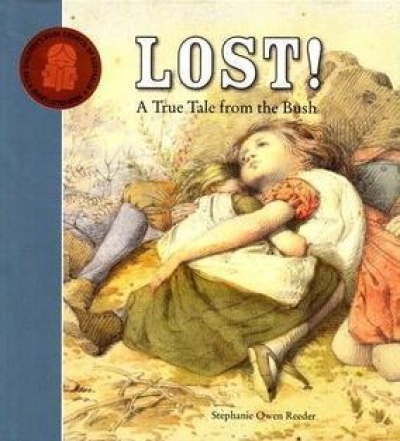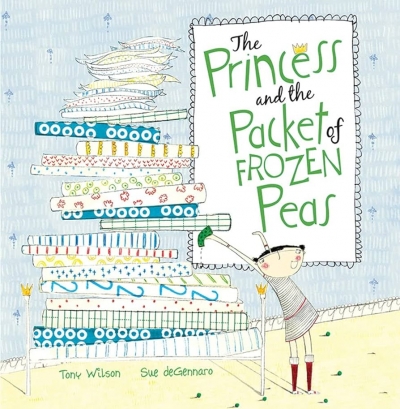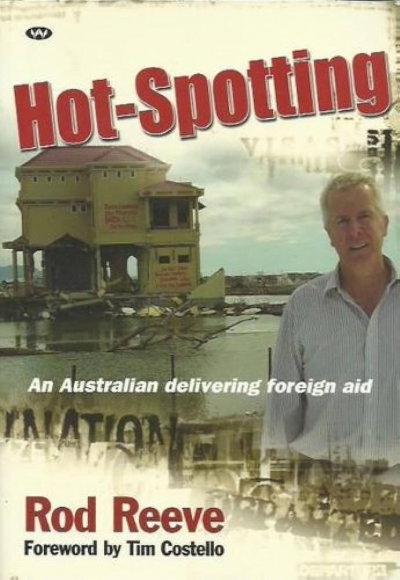Stephanie Owen Reeder
Lost! by Stephanie Owen Reeder & 60 Classic Australian Poems edited by Christopher Cheng
The line between picture books, graphic novels and comic books is becoming increasingly blurred as picture books adopt elements from a wide range of graphic forms of storytelling.
... (read more)The Princess and the Packet of Frozen Peas by Tony Wilson and Sue deGennaro
Ten Little Fingers and Ten Little Toes by Mem Fox, illustrated by Helen Oxenbury & Enigma by Graeme Base
Despite increasing competition from Internet search engines and online encyclopedias, quality information titles for children continue to be produced in Australia. Well-researched non-fiction books that bring their subject matter to life can have a much greater impact on an inquisitive mind than is the case with the fact-bites of Google.
... (read more)The Word Spy by Ursula Dubosarsky (illus. Tohby Riddle) & The Reading Bug and How to Help Your Child Catch It by Paul Jennings
Hot-spotting by Rod Reeve & Ardent by Jane Gibian
A good picture book is like a complicated dance between words and pictures in which each must be in step and working towards the same artistic outcome. If either clement is dancing to a different tune, the narrative strength will be diminished and the story will limp along. In The Peasant Prince: The True Story of Mao s Last Dancer (Penguin, $29.95 hb, 40 pp, 9780670070541), author and illustrator combine in an exquisite pas de deux. Li Cunxin, international ballet dancer turned successful Melbourne stockbroker and best-selling author, has now added a children's picture book to his impressive CV.
... (read more)The latest batch of Australian picture books contains many good, solid stories, competently told – but definitely nothing out of the ordinary. However, picture books do not necessarily have to deal with new subjects, use complex illustrative techniques or contain gimmicks to be something special. Some of the best picture books are those which simply celebrate the ordinary.
... (read more)Like all books, picture books are a vehicle of communication, narrative, information and emotions. Because of the adaptability of the picture-book genre, which communicates using both verbal and visual language systems, it is sometimes possible for authors and illustrators to challenge the underlying precepts of the role of language in the communication process.
... (read more)




